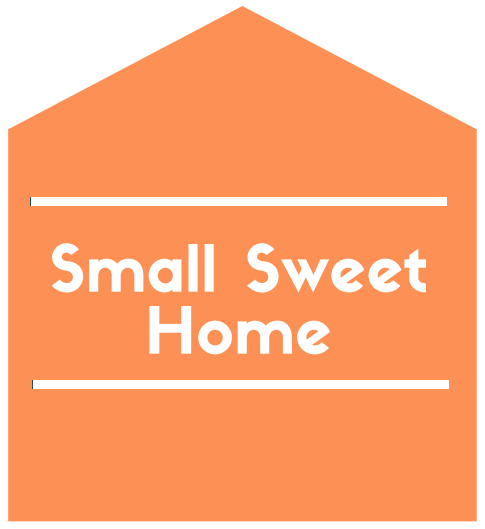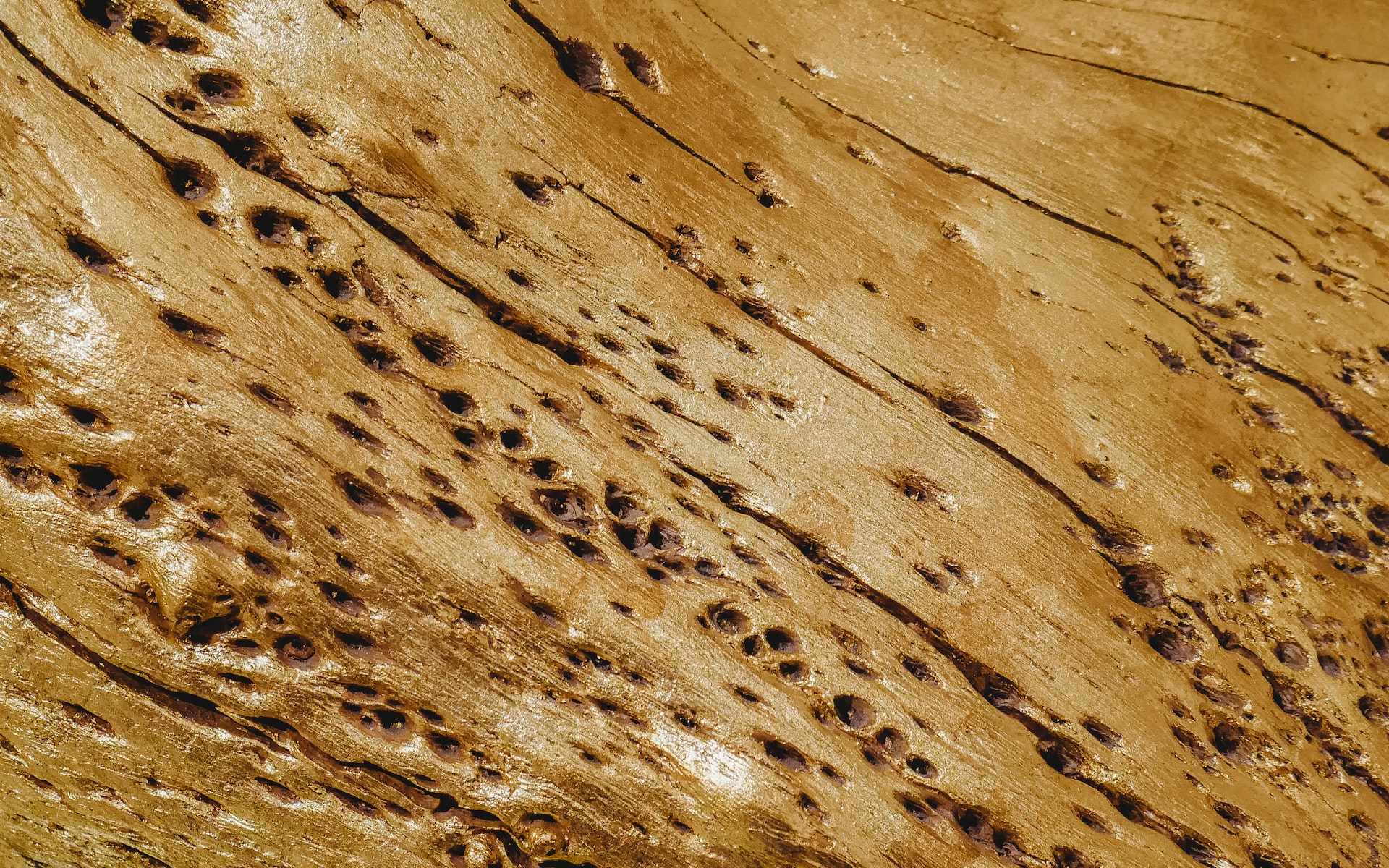It’s important to note that termites are hard to get rid of, so early detection and professional help is highly recommended. And, once you get rid of them, it’s crucial to maintain the preventative measures to keep them away.
Professional extermination
The most effective way to get rid of termites is to hire a professional exterminator. They will have the knowledge and equipment necessary to properly identify and eliminate the infestation.
Chemical treatments
Chemical treatments like termiticides can be used to kill termites and prevent them from returning. These treatments can be applied to the soil around the foundation of the building or directly to the infested wood.
Baiting systems
Baiting systems use food that is attractive to termites to lure them into a trap. Once the termites have consumed the bait, it will kill them and the colony.
Physical barriers
Physical barriers such as metal flashing, copper mesh, or diatomaceous earth can be used to prevent termites from accessing the wood in a building.
Remove moisture
Termites are attracted to moist wood, so it’s important to eliminate any sources of excess moisture in and around the building. This includes fixing leaks, improving ventilation, and removing any standing water.
Regular inspections
Regular inspections of the building can help to detect termite infestations early, before they have a chance to cause significant damage.
Wood treatments
Using wood treatments like borates or oil-based wood preservatives can make wood less attractive to termites.
Keep wood away
Keeping firewood, lumber, and other cellulose materials away from your house will also help to reduce the risk of termites.
What is the best thing to kill termites with?
The best method for killing termites will depend on the specific situation, and it’s best to consult with a professional exterminator to determine the best course of action for your specific infestation.
There are several methods that can be used to kill termites, but the most effective one may vary depending on the specific situation. Some of the most common methods include:
Chemical treatments: Termiticides are chemicals that are specifically designed to kill termites. These chemicals can be applied to the soil around the foundation of the building or directly to the infested wood. Some popular termiticides include fipronil, imidacloprid, and permethrin.
Baiting systems: Baiting systems use food that is attractive to termites to lure them into a trap. Once the termites have consumed the bait, it will kill them and the colony. Baiting systems are known to be more effective on drywood termites, and can take some time to show results.
Heat treatment: Heat treatment involves using heat to kill the termites and their colony. This method can be effective for drywood termites, but it can be more costly and time-consuming than other methods.
Fumigation: Fumigation is a method that uses gas to kill termites and their colony. This method can be effective for drywood and subterranean termites, but it can be more costly and time-consuming than other methods.
Combination of methods: A combination of methods can be used to achieve the best results. For example, using baiting systems in conjunction with chemical treatments or physical barriers can be very effective in eliminating termites.

